Lets face it - Pareidolia
Why do we see faces everywhere? How does face recognition software works?
It's a morning, like any other morning before. You get up, prepare some coffee and put a slice of bread in the toaster... Check your phone, jet the jam from the fridge, and when you're about to put some on your toasted breakfast you feel that someone is observing you.
-Honey, look at this.
-What?
-Look at it, carefully. Do you see the face?
-I CAN'T BELIEVE IT! Its a miracle.
-Its him!
-...
Okay, perhaps it is not a coherent conversation about appearances in our breakfast, but I had to get to the topic fast and we all know about what I'm talking about. Everyone found a "face" somewhere in an object. Why are we so delirious?
To understand this phenomenon, first we've to understand that humans are social animals and, obviously, the ability to detect and recognize faces along with identifying emotions and the intentions they represent is very important for us in our daily lives. We've a specialized brain when we talk about pattern recognition, among them, facial patterns. 4 month old babies, with a poorly developed sight, detect faces and privilege their attention over them against objects in their surroundings.
Our facial recognition is so efficient that almost any pattern formed by two or three areas darker than the rest, placed in a certain position that resembles eyes and mouth... Is interpreted by our brain as a "face". This is, we've a very high false positive ratio, probably because it resulted as an advantage anyways (It is better to see a face in a tree, than not noticing that we've a guy standing next to us!).
This phenomenon that witch hunts for faces is called "pareidolia" and, because of the reasons I previously stated, it is normal that we see faces and even associate them with emotions and intentions.
Surprise!
The most loud cases of pareidolia usually involve the appearance of somewhat realistic faces in objects, and are instantly related with religious meanings. I prefer to not make a comment about that... But I see Unicorns and my imaginary friends nearly everywhere!
This leads into several questions. As in, why does an all powerful god does not send higher definition images? But, more interesting, why is it that the major part of these cases involve Jesus and Mary? First, because newspapers do not publish news about a neighbor that saw his grandfather's face in a stain in the wall. Second, because we see what we want to see, or things related to something we frequently do and think. It is understandable that all around the world, certain faces (always with European genetic traits... interesting) are more famous and inclined to be printed by our brains. In a study a series of images were shown to people that considered themselves religious, atheists, and believers-of-anything-I-read-online or "tinfoilhatters". The believers and religious detected more faces than the skeptic, atheists.
It is not rare to see cases that are influenced by contemporary topics, like that picture of Trump kissing a baby in a steak that went viral:
Source: metro.co.uk
Years ago, nobody would've seen Trump in a steak, but the fact that Trump was everywhere at that moment had a major influence; so we can see his face in a cut of meat easily. I even heard of a guy that sold a nugget with George Washington's face... AND SOMEBODY BOUGHT IT!!!
We are not the only ones able to recognize faces. Many other animals can also do so, of their own and other species! But lets not limit ourselves to biologic organisms: Anyone with a phone or a camera knows that there's software that recognizes faces to a certain point, it can detect human and not-so-human faces.
Take a drawing, any drawing of a face, and point your camera to it. It should detect the face (If it didn't, you should not buy your gadgets from China).
Of course, facial recognition software does not "know" what it is looking at. Either a face or a drawing... or a LOT of objects that comply with the required variables: Will be detected as a face. The program only read the group of pixels the sensor is detecting. With that input, it seek for a pattern and contrasts that correspond with the ones of a face. Something very similar, is what our brain does.
Even as technology advances, the programs may fail, and detect false positives, just like us. Given the natural differences among both systems it is possible that the program does not work "just like we do", but it still has the same drawbacks. We may see a face where the camera doesn't, and vice-versa.
Sadly, many times, cheap yellow press media chooses to talk about "ghosts" detected by snapchat, instead of making a minimum effort attempting to understand how does facial recognition works.
Really, with the vast and wonderful universe we live in, with the diversity of complexities that enclose humankind, the best you can come up with to attract people is "ghosts"?
Go get a decent job!
Now, lets look at the other face ( :D ) of this technology. What other uses can facial recognition technologies can have, besides placing funny dog ears and tongue to hot jailbaits? Well, thousands, from facilitating the process of taking a picture to the development of robots that interact with human beings in a physical form.
All this coverage and I'm not talking about the dark face of the moon: one of the possibilities this tech brings and generates concern among the tinfoil hatters; the possibility of governments to control and stalk their populations. Against the uncertainty of this conspirationist theory some people developed make up techniques that allows us to "fool" facial recognition, this is achieved by adding painted contrasts or concealing parts of our face that are easily recognizable by the software (like, the nose).
The look everyone wants to have, for the sake of "passing by undetected"; that does not make sense. -(cvdazzle.com)
Just like several other techs, any one of them can be used for one or another purpose. Understanding how they work prevents people from being fooled. As always, it is important to ask why, and how, Know and Understand. Only then we may, in one side, how states and companies exploit techs; and on other side, we prevent "journalists" selling us smoke puffs as real news. For the sake of a world with less archaic blind beliefs
If you liked this post and its informal way of talking about sciences, please, follow me for more!
Leave a comment either for good or for bad reviews. I take everything as constructive, and I really appreciate the feedback, even from trolls (at least a troll read it before being himself!).
Copyrights:
All the previously used images are of my authory or under a CC0 license (Source: pixabay), unless openly stated.
All the Images created by me possess a WTFPL licencing and they are free to redistribute, share, copy, paste, modify, sell, crop, paste, clone in whatever way you want.
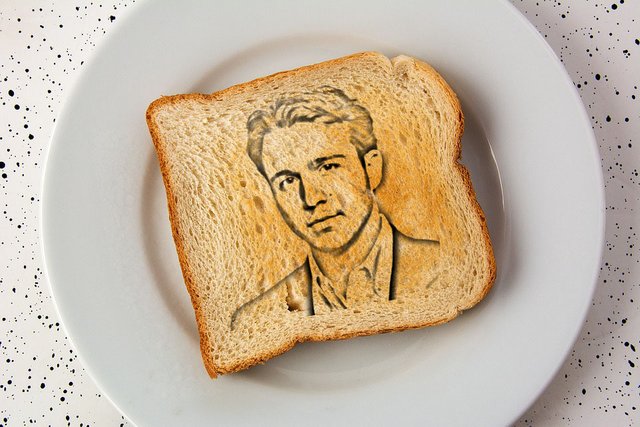
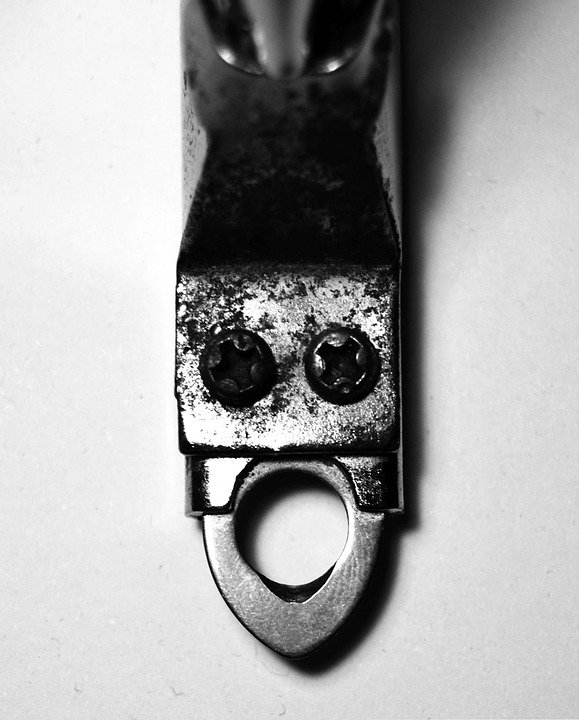

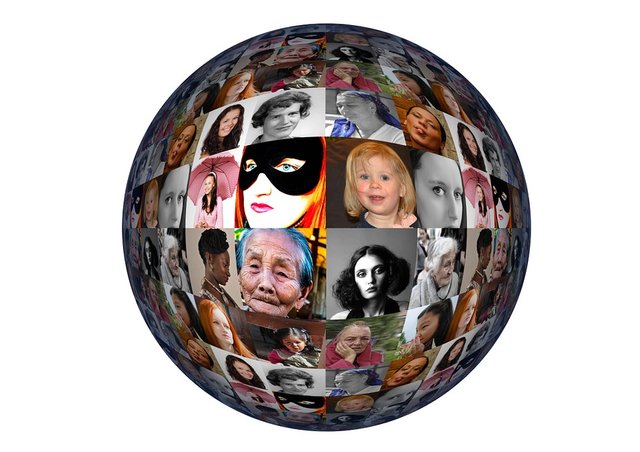
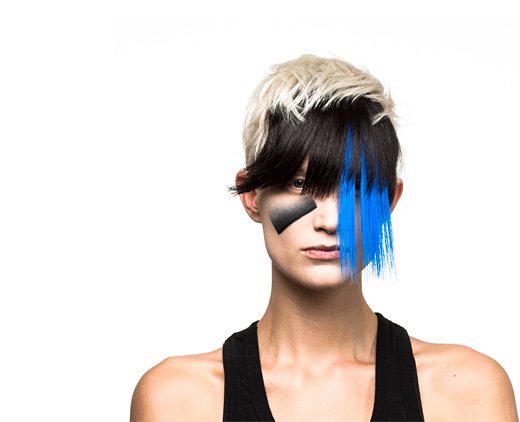
Took this a few years ago. Happiest piece of furniture ever :)
LoL That's hilarious!
Here's one I took several years back at a bar I used to frequent.
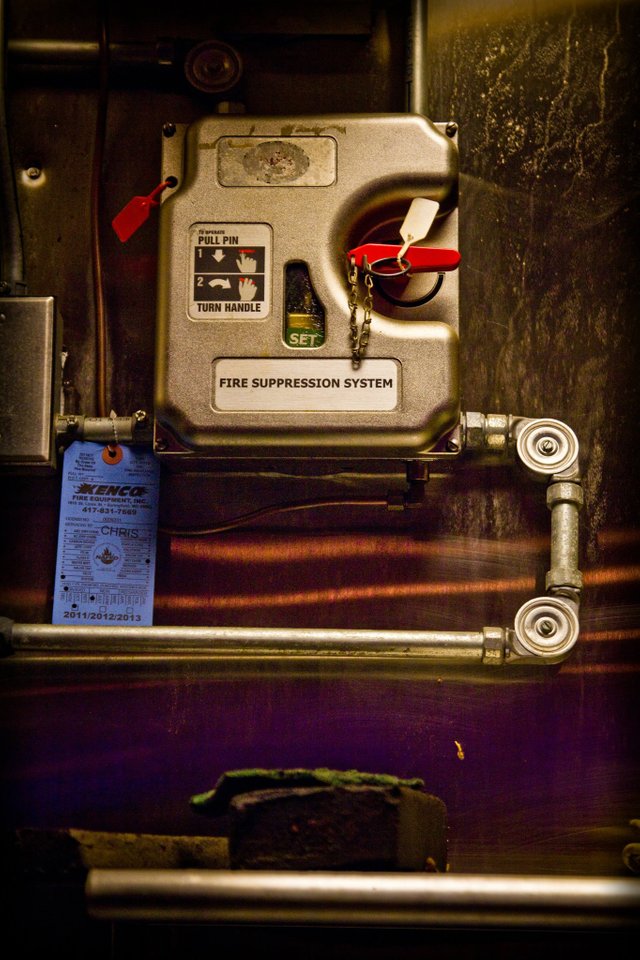
Robot pirate...wants to suppress your fire.
@riverhead, thank you for your support!
The Steemit Culinary Challenge has never made it this noticeable till you upvoted it.
Thanks a lot for your generosity!
@riverhead It looks like a happy furniture :)
what do you think about this growth hack for Steemit?
https://steemit.com/steemit/@homosapiens/growth-hacking-for-steemit-how-we-can-reach-millions-with-simple-trick
This is hilarious! Tell me you bought it? :)
Such a coincidence, we actually spoke about pareidolia during the podcast just this past weekend.
Odd enough, Ive been away from steemit for nearly a month!
It's interesting that culture has an influence on this labour-saving feature of the brain, making it a blend of nature and nurture: that's a rabbit in the moon, not a dark face. Billions of Chinese would agree.
Also, a tour guide in Al Hoota cave in Oman points out the name of god written in Arabic in the walls of the karst, and also Jeita grotto in Lebanon. The same motif turns up frequently in tomatoes and cucumbers in the middle east too, but would go unnoticed in most kitchens round the world.
Also, interesting to consider the extent to which we can unlearn patterns or reprogram ourselves ("we must unlearn the constellations to see the stars" - Jack Gilbert), and how the brain deals with choices of interpretation (e.g. the rabbit-duck illusion).
A very rich seam, nicely presented. Thank you.